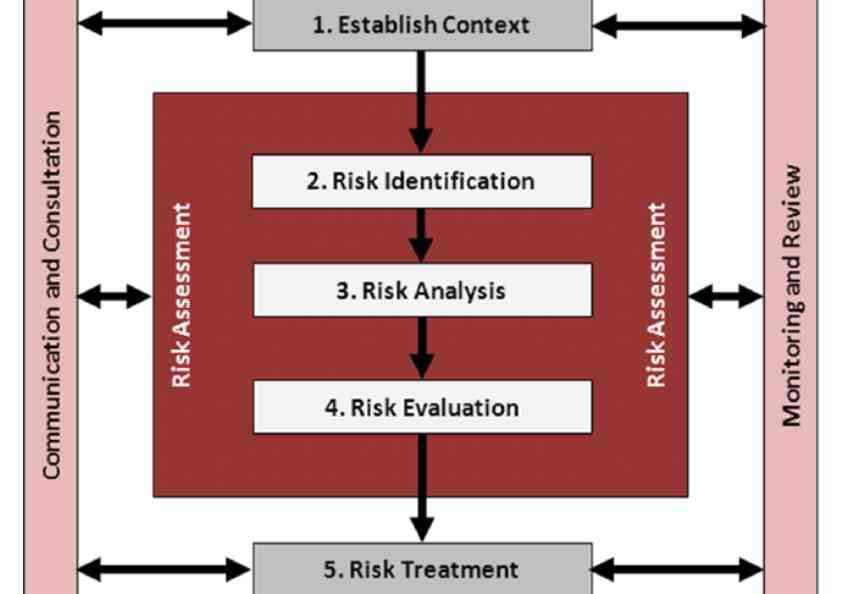|
UDC 669.74 Ref. No.: lSO/ R 548- 1966 (E)
IS0
I NT ERN AT I ON AL O RG A N IZAT I ON FOR STA N DAR 0 IZ AT IO N
IS0 R ECOM MEN DATI O N
R 548
METHODS OF CHEMICAL ANALYSIS OF MANGANESE ORES
DETERMINATION OF BARIUM OXIDE CONTENT
1 çt EDITION
December 1966
COPYRIGHT RESERVED
The copyright of IS0 Recommendations and IS0 Standards
belongs to IS0 Member Bodies. Reproduction of these
documents, in any country, may be authorized therefore only
by the national standards organization of that country, being
a member of ISO.
For each individual country the only valid standard is the national standard of that country.
Printed in Switzerland
Also issued in French and Russian. Copies to be obtained through the national standards organizations.
---------------------- Page: 1 ----------------------
BRIEF HISTORY
The IS0 Recommendation R 548, Methods of Chemical Analysis of Manganese
Ores-Determination of Barium Oxide Content, was drawn up by Technical Committee
ISO/TC 65, Manganese Ores, the Secretariat of which is held by the Komitet Standartov,
Mer i Izmeritel'nyh Priborov pri Sovete Ministrov SSSR (GOST).
Work on this question by the Technical Committee began in 1957 and led, in 1959, to
the adoption of a Draft IS0 Recommendation.
In November 1962, this Draft IS0 Recommendation (No. 537) was circulated to all
the IS0 Member Bodies for enquiry. It was approved, subject to a few modifications of an
editorial nature, by the following Member Bodies :
Australia Hungary Romania
Austria India Spain
Burma Iran U.A.R.
Chile Ireland
United Kingdom
Czechoslovakia Italy U.S.S.R.
France Japan Yugoslavia
Germany Poland
No Member Body opposed the approval of the Draft.
The Draft IS0 Recommendation was then submitted by correspondence to the IS0
Council which decided, in December 1966, to accept it as an IS0 RECOMMENDATION.
-3-
---------------------- Page: 2 ----------------------
rn
IS0 / R 548 - 1966 (E)
IS0 Recommendation R 548 Decem ber 1966
METHODS OF CHEMICAL ANALYSIS OF MANGANESE ORES
DETERMINATION OF BARIUM OXIDE CONTENT
(Atomic mass Ba: 137.36; molecular mass BaO: 153.36)
1. GENERAL INSTRUCïiONS
1.1 In the following analysis, use a sample for chemical analysis of air-dried manganese ore,
which has been crushed to a size not exceeding 0.10 mm and checked on a sieve of appro-
priate size.
Simultaneously with the collection of samples for the determination of barium oxide, take
three more test samples for the determination of hygroscopic moisture.
Calculate the content of barium oxide in ore which is absolutely dry by multiplying the
numerical results of the determination of barium oxide by the conversion factor K, as found
from the following formula :
1 O0
K=
100 - A
where A = hygroscopic moisture content, per cent.
1.2 The determination of barium oxide in manganese ore is carried out by simultaneously
analysing three samples of ore with two blank determinations to enable a corresponding
correction in the result of the determination to be made.
Simultaneously and under the same conditions, carry out a check analysis of a standard
sample of manganese ore, for barium oxide content.
The arithmetical mean of the three results is accepted as the final result.
-5-
---------------------- Page: 3 ----------------------
iSO/ R 548 - 1966 (E)
The following conditions should be observed :
The maximum difference between the highest and the lowest results should not exceed double
the absolute value of the permissible tolerance on the result of the analysis (for the cor-
responding interval of barium oxide content), shown in the table under clause 5.2, " Accuracy
of method ".
The average result of the simultaneous check analysis of the standard sample of manganese
ore for barium oxide should not differ from the result shown in the certificate by more than
the value of the permissible tolerance (for the corresponding interval of barium oxide
content), shown in the table under clause 5.2, " Accuracy of method ".
For the analysis take a standard sample of the type of ore to which the sample being analysed
belongs.
1.3 The test samples and the residues should be weighed to an accuracy of i 0.0002 g.
1.4 Distilled water should be used in the determination and for the preparation of solutions.
1.5 Meanings of the following expressions :
hot water (or solution) implies a temperature of the liquid of 60 to 70 OC;
implies a temperature of the liquid of 40 to 50 "C;
warm water (or solution)
means that
diluted (1 : l), (I : 2), (1 : 5), etc.
the first figure gives the number of parts by volume of
concentrated acid or some other solution, and
the second figure gives the number of parts by volume of
water.
1.6 Indications as to the concentration of solutions show the quantity of solute (in grammes) in
the corresponding volume of the solvent.
1.7 The following symbols and abbreviations are used:
CP chemically pure
U' relative density
s gramme
g/i grammes per litre
1 litre
ml millilitrr
PFA pure for aiialy5is
-6-
---------------------- Page: 4 ----------------------
iS
...














